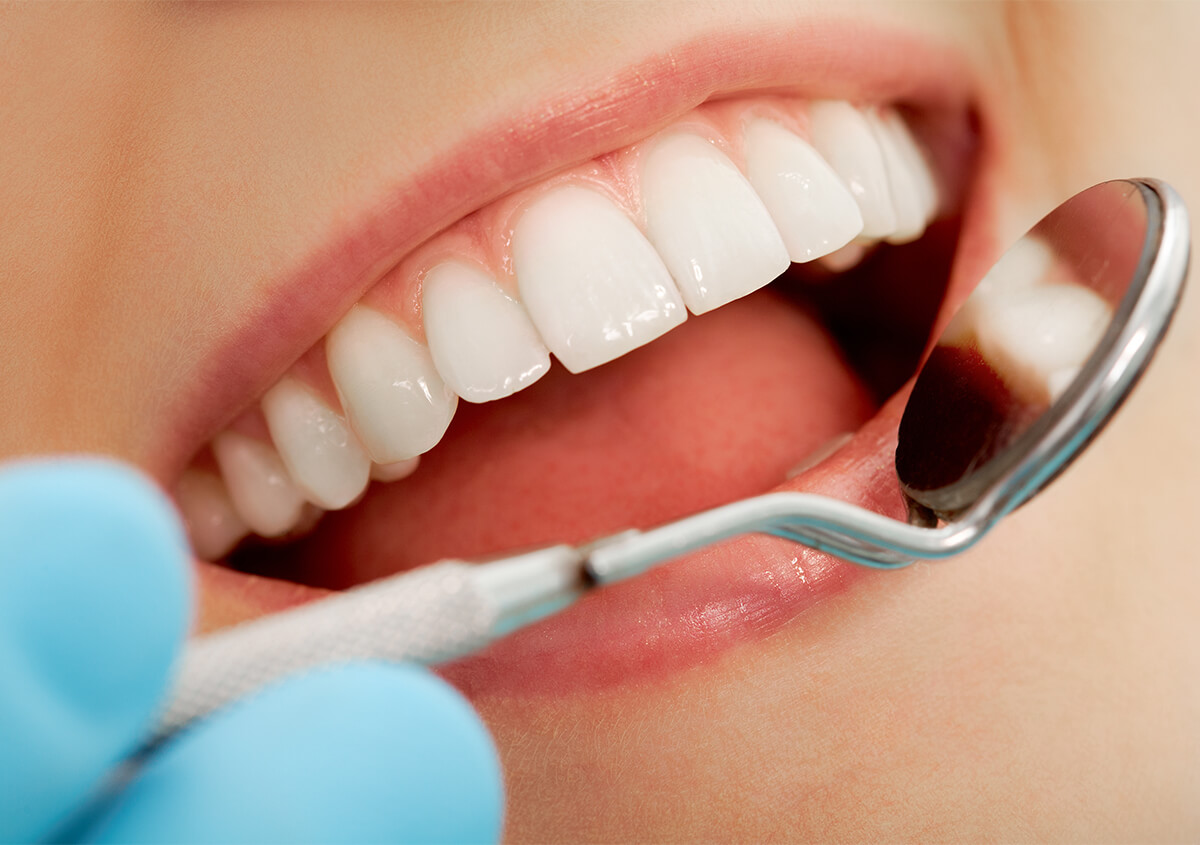Single Implants to replace a missing tooth
It used to be that the best way to replace a missing tooth was by capping the teeth on either side of the space and bonding a false tooth in between to make it look like there was a tooth there (called a “bridge”).
This accomplished an esthetic problem and perhaps even made chewing a little better, but it caused longer term issues such as: bone loss, capping two teeth that might not have needed it, and added stress on two teeth that now have to do the work of three teeth, thereby causing them to breakdown too.
Today, we have a better solution – implants. The surgical procedure, the “style” choices of implant, the healing time – all have been improved upon such that you can often have a tooth extracted, an implant placed and a temporary crown put on, all at the same visit.
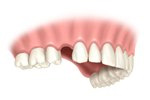
Tooth loss takes a terrible toll on the overall health and well-being of an individual. A missing front tooth draws instant focus to the mouth due to the unattractiveness of the smile.
A common occurrence when space has been created from the extraction of a tooth is the drifting or twisting of teeth into the space left behind. This can lead to a misaligned bite and possible TMJ issues.
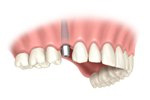
When a single tooth needs replacing an implant is often the treatment of choice.
The implant, which is an artificial tooth root, is placed in the bone. A crown is then placed over the end of the implant. This restoration looks and feels like a real tooth.
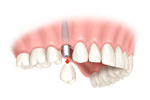
An implant tooth and crown provides the important benefit of support for chewing, and by filling the space, preventing the drifting of the other teeth from occurring.
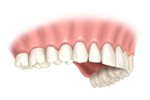
As implant research continues there has been new developments. Previously in the healing time of 4-6 months after the implant surgery, clients would wear a plastic retainer with a tooth which would hold the position between the teeth and allow an esthetic solution while the healing occurred. This was often uncomfortable and clumsy. Now, in most cases, we are able to place a temporary crown on the implant, immediately after the placement of the implant. Once the healing has occurred (typically around 3-4 months) a permanent crown is secured on to the implant. This permanent crown will be esthetically pleasing and match both form and colour of the other teeth.
Previously the only treatment option would be a bridge which removes healthy tooth structure from the neighbouring teeth. Now with the option of implants you can preserve healthy teeth as well as maintain healthy gums and bone.
Schedule a consultation with Dr. Kindal Robertson, Dr. David MacLean, and Dr. Cameron MacLean at Living Wellness Dental Dorchesterto learn more on your treatment options or call the office at (587) 327-1500.

Dr. Kindal

Dr. Keely
We are immensely proud of our Living Wellness Dental Dorchester staff. We're all here to provide great dentistry with an emphasis on total health, as opposed to the typical disease-oriented, reactionary philosophy.
This proactive paradigm is based on the notion that there is a significant link between oral health and overall health, which has led our practice into the area of holistic care and a "biologic" perspective to dentistry.
Our first objective is to guarantee that you are at ease and confident in our knowledge and expertise. Our committed, courteous, and experienced team of physicians, which includes Drs. Kindal Robertson, D.D.S., and Dr. Keely Bullen D.M.D., is happy to help you with all of your oral health needs.



